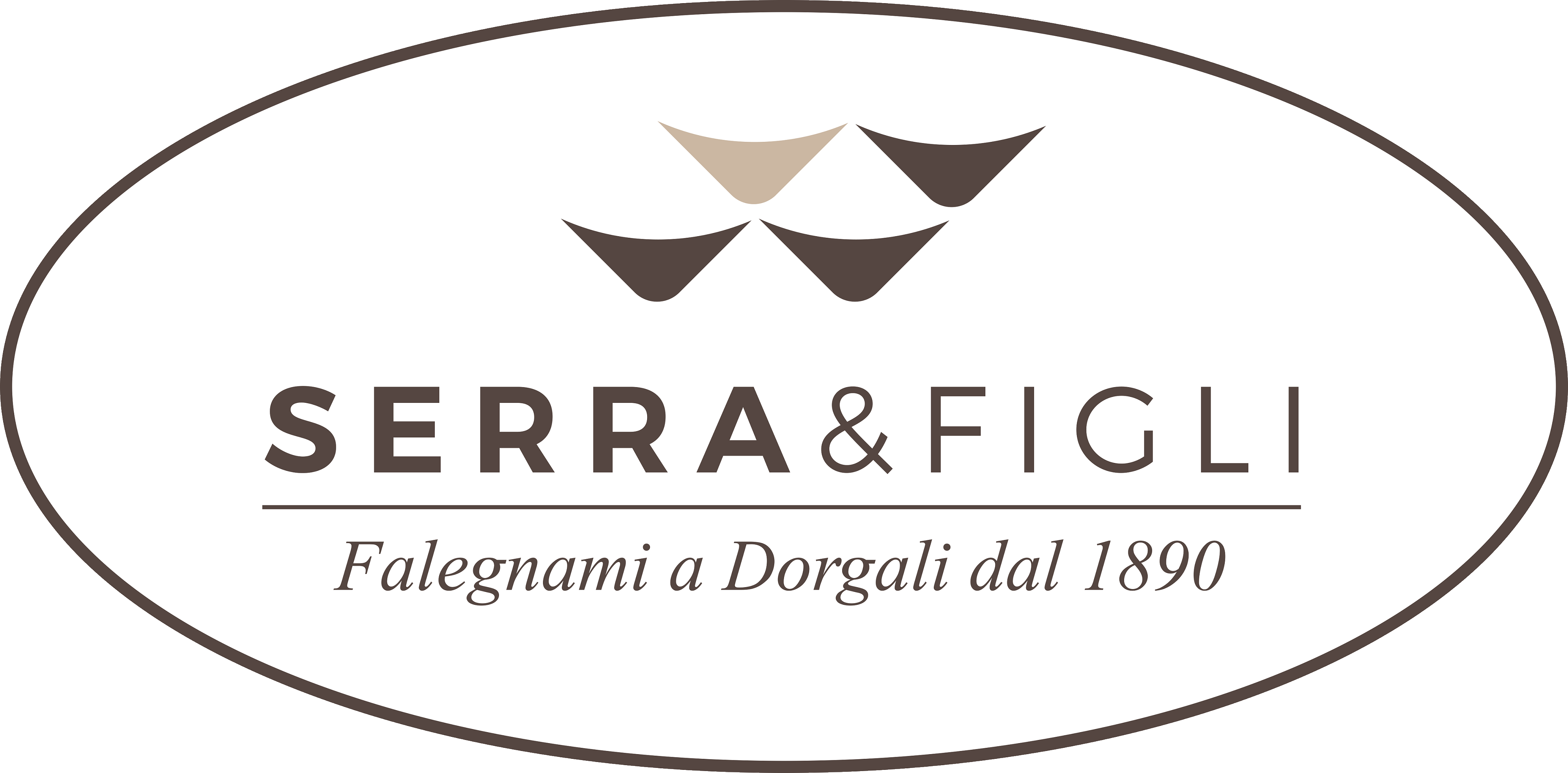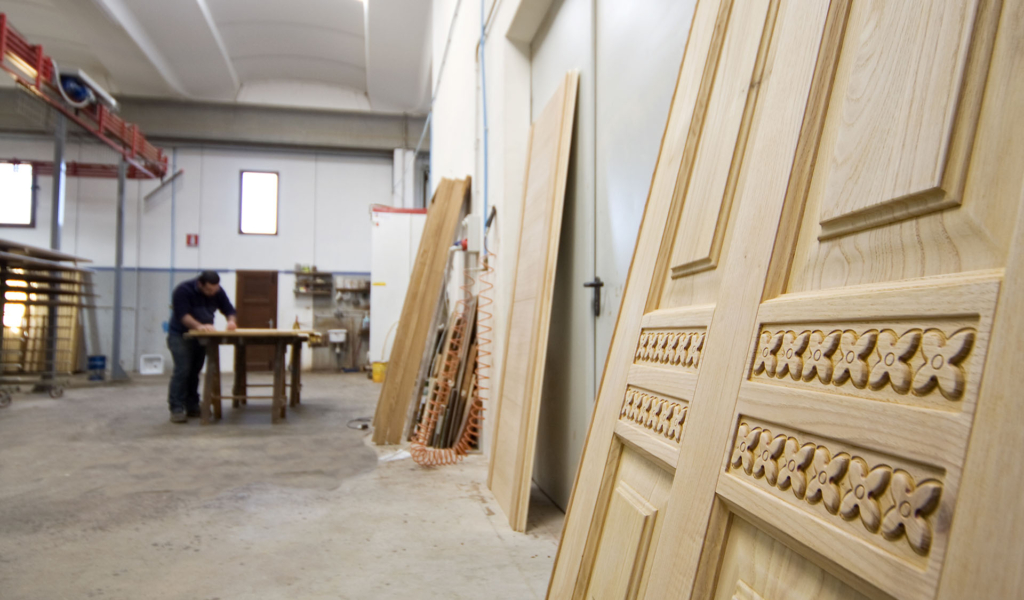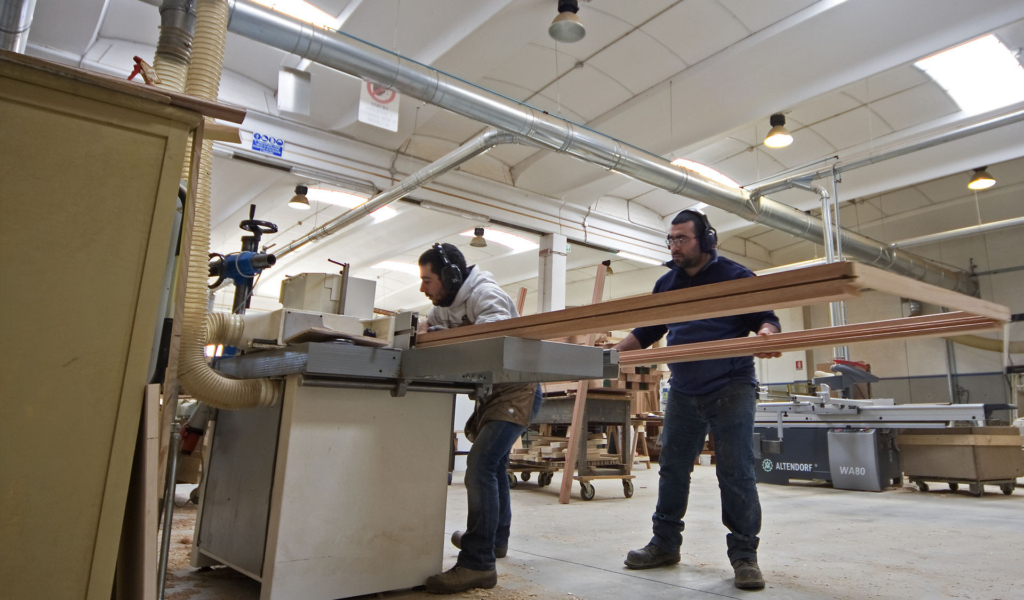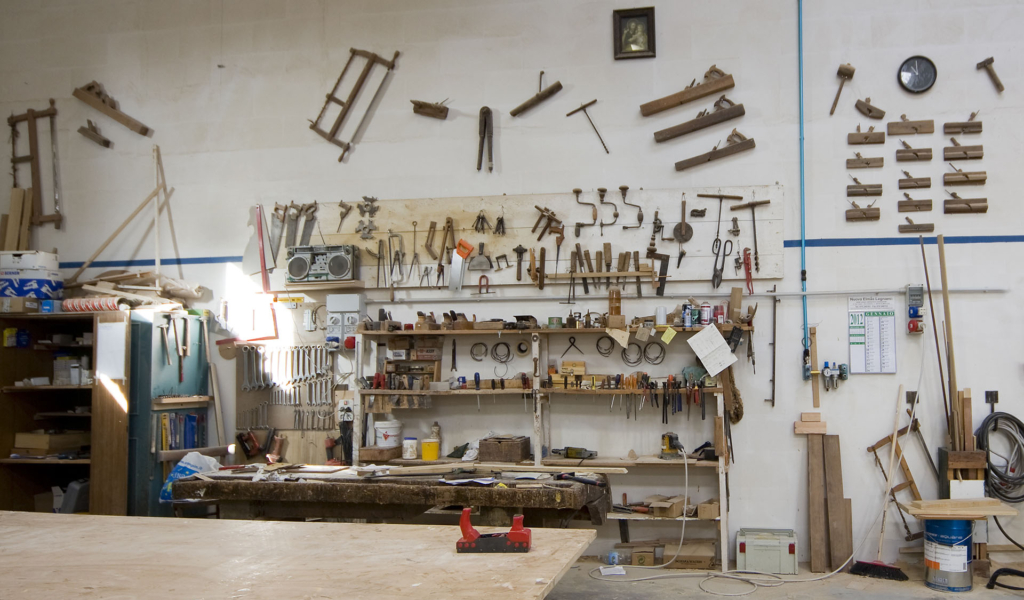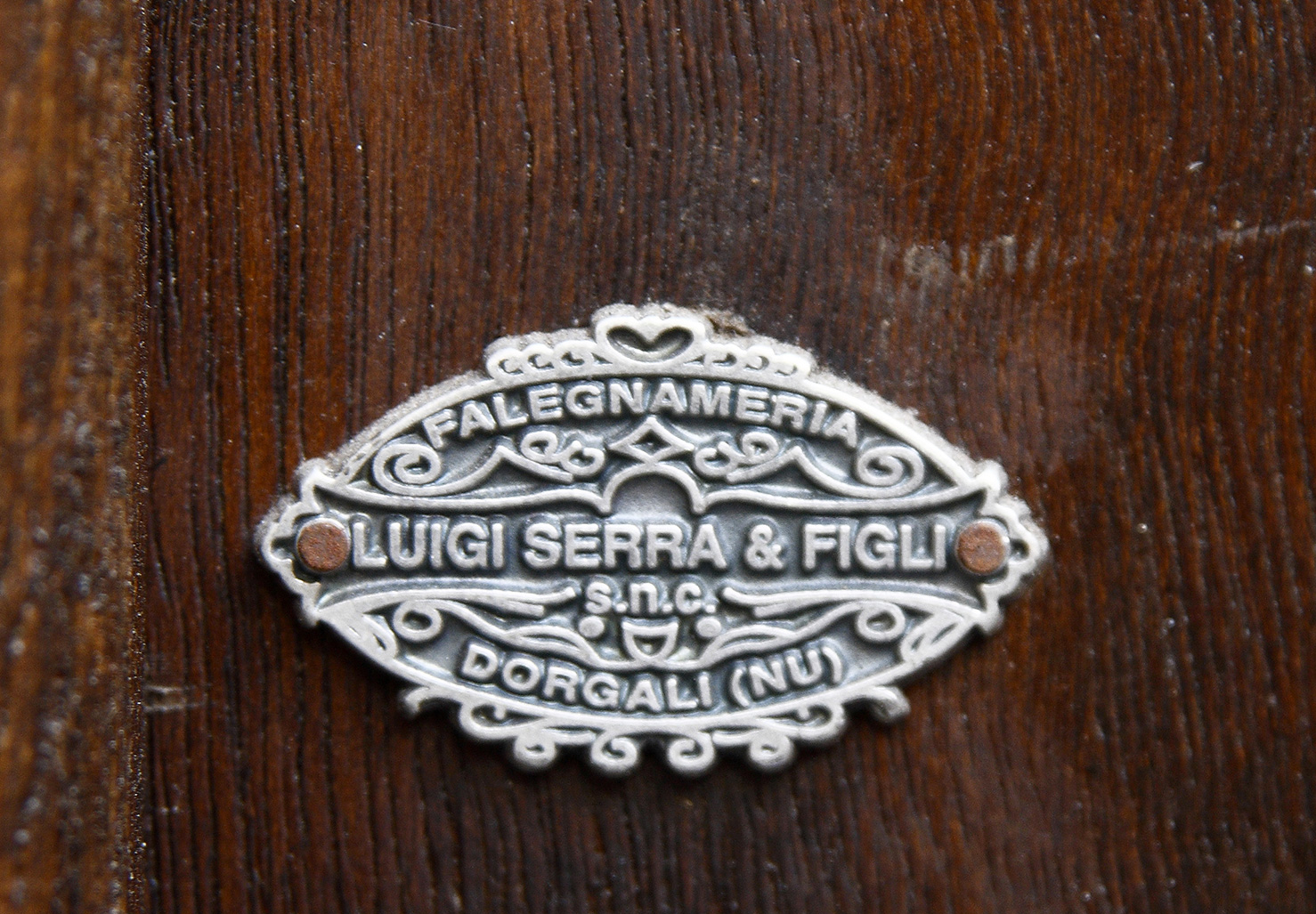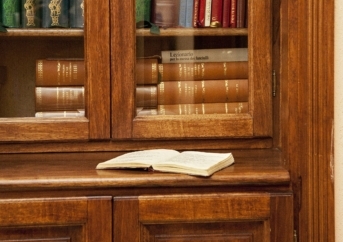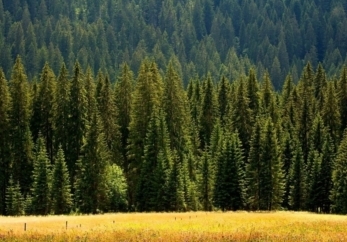The class and refinement of our products come from a careful eye on the choice of raw materials and an exact and detailed work.
Falegnameria Serra MATERIALS
TIMBER
Wood selection begins at the moment of supply and continues at the arrival in the warehouse, where the characteristics of various types are checked, including the humidity percentage.
The conservation is done strictly protected from air, water, snow, sun.
_Meranti_

Meranti comes from the rainforests of Southeast Asia, characterized by dark reddish-brown color. It has a good stability and durability outdoors.
_Finger Joint Pine_

Resinous conifer from northern Europe. It has discretes characteristics of stability, workability and durability. To delete nodes and defects it’s glued laminated in three layers and the three slats are finger-jointed with uniform grain.
_Swiss Pine_

Resinous conifer from Northern Europe, has discrete characteristics of stability, workability and durability. Dominant feature are the nodes, which do not compromise the quality if they are less than 30mm in diameter and they are compact (steadly inserted into the wood).
_Laminated Chestnut_

The chestnut wood allows to create an high quality lamellar with excellent mechanical and technological properties, resistant to external stresses and easy to work, used for window and classy doors, able to enhance any environment, from rustic to modern.
_OAK_

Broadleaf from Europe or America. It’s characterized by an excellent resistance to attack of mold and insects and by an excellent mechanical strength. It has a open pore surface. Very precious wood, it’s used since ancient times for shipbuilding.
_Laminated Strip Fir _

Resinous conifer from central and northern Europe with straight grain and medium fine. It possesses discrete characteristics of stability, workability and durability. The plank laminated in three layers, enable better utilization of the trunk to improve the aesthetics and stability of the finished product.
_Hickory_

Also called Black American Walnut, it’s very similar to the Italian Walnut, the Ash and Larch. The color is dark brown and is more solid and harder than the Italian Walnut.
_Ash_

Broadleaf from Europe or America, we can find it the temperate northern regions. It is characterized by a good workability and excellent mechanical strength. The ash, revived in the last few years in the entire sector of furniture and interior finishes, treated and painted properly ensures good exterior durability and unique attractive finishes.
_Cherry_

It ‘a type of timber quite heavy, easy to work, which lends itself to machining of machine tools, including the turning. It is one of the most prized timbers for interior woodwork, such as furniture, home accessories, as well as doors and floors.
_Toulipier_

Grows in the central eastern part of the USA. It is a versatile wood, easy to work. It has moderate strength: this wood is mainly used for doors, internal joinery, furniture and light construction.
PRODUCTION
Today, thanks to machines with tool changer, we can handle many requests for customization with no delays in processing and in delivery.
The electronic management, combined with the constant monitoring of equipment and production systems guarantees performance in compliance with specific quality and productivity: joints, holes, slots, all made with millimeter precision.
Working in a highly competitive and constantly evolving market, the Carpentry Serra Luigi & Figli wants to ensure the highest quality standards to meet the requests of an increasingly informed clientele. That’s the reason why we always pursue the way of innovation and technological developments, using the latest equipment and modern machinery. In particular we work with CNC machines that is a guarantee of a fully automated production line; we also assemble hardware and accessories with specific machinery, as well as systems of pieces’ handling in the assembly line through suction cup manipulators. The painting manchinery is exclusively provided with water-based coatings to increase the quality of operators’ work. Protection from mold and parasites is ensured by the application of a primer and it must not be repeated in time.
INSULATING GLASS
The insulating glass or duble glazing is a glass made of two or more sheets of glass separated by air gaps. The air of the interspaces causes the insulating glass has a higher resistance and thus a thermal and an acoustic transmittance significantly reduced compared to that of conventional glass.
Filleting: filleting, such as grinding, eliminates micro-spinning on the edge that can make the glass breakable by mechanical shock, also makes the installation of the panel safer for workers since there are no sharp edges. Also during transport we have less breakage: that’s why it’s a better guarantee of punctuality for the customer. Our carpentry relies on the only glass factory in Sardinia that runs filleting on all the glass insulating panels.
Argon Gas: by inserting gas argon, noble and inert gas, the low-emissivity glass will have better thermal insulation up to 23%. Argon is inserted automatically during the assembly of glasses, and then the spacer frame will not present additional holes for the entry. Our carpentry relies the only glass factory in Sardinia which fits the argon gas as standard in all low emission insulating glass Ug obtaining values up to 1.0 with double glass and 0,5 with triple glass.
Electronic scanner quality control: the scanner has the function to check the quality of the glass and find the imperfections present in it immediately after washing but before assembly, allowing for an insulating glass with minor defects. The scanner fails to detect imperfections up to 0.3 mm. A monitor connected to a PC shows all the flaws allowing the eventual correction. Manual control used before installing the scanner allowed us to identify only 20% of the defects compared to those seen currently. Our carpentry relies on the only glass factory in Sardinia to check with the scanner all insulating glass.
Spacer frame bent: gives the insulating glass a longer duration because it presents lower joining points (on average two joints instead of 8), besides not having joints in the corners of the frame (which are the critical points of moisture penetration). The only way to ensure the sealing of the argon gas in the chamber for at least 10 years is to have the bent frame.
Desiccant: Desiccants are injected into the spacer frame bent a few tens of seconds before the insulating glass is assembled, ensuring that they don’t lose their effectiveness.
Automatic sealing: the panel is sealed by an automatic robot placed in the same production line. we have less penetration of moisture inside the chamber because it takes few tens of seconds to do the sealing. Unlike the manual sealing which occurs with the glass horizontally there is the advantage of maintaining the parallelism of the glasses even with large glass.
UNI brand: by the UNI quality control we daily verify all the components of the insulating glass with special tests: glass, aluminum spacer, desiccants, primary butyl sealant, secondary sealant polysulphide.
For more information concerning the insulating glass please visit the PoddaVetri website at the following link.
